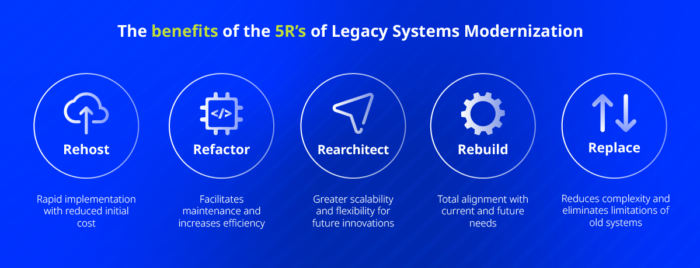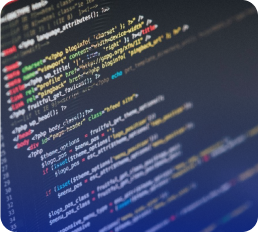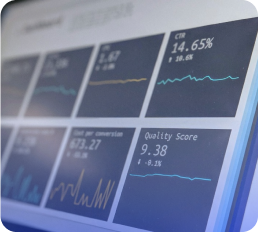In the era of digital transformation, legacy systems can represent both a solid foundation for established processes and a barrier to the progress of companies aiming to innovate. While these systems were crucial in their time, they now struggle to meet the demands of today’s market, characterized by rapid changes and high competitiveness.
Legacy Modernization, although not a recent concept, has become indispensable for organizations striving to stand out, adapting to the demands of increasingly digital consumers and industries. Modernization goes beyond technological replacement: it’s an opportunity to rethink strategies, optimize resources, and incorporate advanced solutions to build more flexible and robust operations.
What are legacy systems?
Legacy systems are a concept representing outdated technologies and infrastructures that still perform critical functions within organizations but pose challenges in meeting current demands. Often developed with technologies and programming languages that were widely used in the past but are now considered obsolete, or operating on local infrastructure, these systems have limitations that hinder their evolution.
Some challenges faced:
- Complex and costly maintenance: Requires significant investments of time and resources to sustain operations.
- Limited integration: Minimal compatibility with modern technologies, such as Cloud Computing and AI.
- Talent shortage: The lack of qualified professionals in older technologies makes it difficult to maintain and evolve these systems.
Why modernize legacy systems?
The implementation of Artificial Intelligence (AI) is transforming how legacy systems are modernized. AI tools can identify bottlenecks in existing systems, optimize processes, and even automate parts of the code during refactoring. Furthermore, AI enables the integration of predictive analytics and decision automation, making modernized systems more intelligent and adaptable to market demands.
In addition to integrating emerging technologies like AI to optimize and automate processes, other motivations include:
- Improved efficiency and security: Ensures faster operations and protection against cyber threats.
- Cost reduction: Modern infrastructures enable significant long-term savings.
- Adoption of advanced technologies: Tools like microservices and predictive analytics depend on compatible systems.
- Flexibility and scalability: Quickly respond to market demands and grow with fewer technological barriers.
Modernizing legacy systems is more than a simple update; it transforms technology into a facilitator of business strategy, reducing risks and amplifying opportunities.
The 5 R’s method of legacy modernization
A structured approach to modernization includes the 5 R’s, which help define the best strategy for each context:

- Rehost: Migrating systems to modern infrastructure, such as the cloud, without changing the code.
- Refactor: Adjusting existing code to improve compatibility and performance.
- Rearchitect: Completely redesigning the architecture to adopt technologies like microservices.
- Rebuild: Developing a new system from scratch using modern solutions.
- Replace: Fully replacing the old system with a new solution, such as a SaaS system.
Starting the modernization journey
Embarking on the modernization of legacy systems is a strategic step that requires not only planning but also a clear vision of business objectives. It’s about aligning technological demands with organizational priorities, ensuring that each stage of the process adds value and minimizes risks. The main steps include:
- Initial Diagnosis: Assess existing systems and identify the main bottlenecks.
- Priority Definition: Choose the most suitable “R” method for each system based on business goals.
- Gradual Execution: Start with controlled pilots to test the approach.
- Continuous Adjustments: Monitor results and adapt solutions as necessary.
Modernizing legacy systems is much more than a technological update – it’s an opportunity to turn challenges into competitive advantages. Companies that embark on this journey not only reduce costs and optimize processes but also pave the way for innovations that positively impact their markets.
At Meta, we are ready to help your organization take this essential step. With a highly qualified team, cutting-edge resources, and a personalized approach, we offer solutions that align technology with business strategy. Together, we can create a more agile, secure, and innovative future for your company.
Take the first step toward modernizing your systems! Contact us and discover how we can help your company boost innovation and competitiveness.







